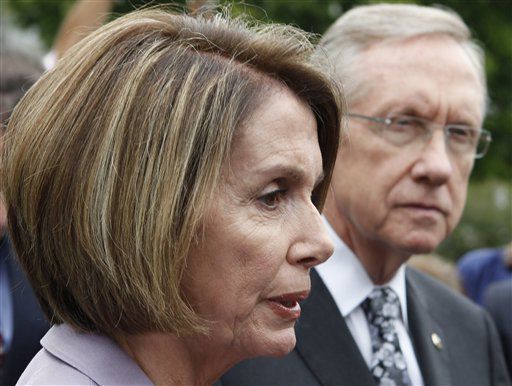Reforms in Mexico could mean more business for local telecom, energy industries

To the great surprise of most observers, Mexico’s President Enrique Peña Nieto has pushed forward three major reforms that could lead to dramatic political and social improvements for Mexico as well as new business opportunities for Colorado companies. He has broken the telecommunications monopoly, meaning that Mexicans should soon have better and cheaper phone service. He has attacked the corrupt teacher’s union, a union that has controlled teacher’s training and licenses with the result that many teachers can just buy licenses without having any training and many others never even have to show up to teach classes. Thirdly, he is opening up PEMEX, the national oil company, to foreign investment, an initiative that could reverse PEMEX’s decline in production and provide additional revenues for long-neglected social programs. These reforms are controversial — teachers who receive salaries for doing nothing, for example, are incensed — but they are long overdue and Peña Nieto deserves credit.
This is important to Colorado because Mexico is our second largest export market, one that has grown rapidly since the passage of NAFTA some 20 years ago. In fact, our exports to Mexico increased by 17 percent just between August 2013 and August 2014. Colorado has worked hard to develop this relationship with continuing support from all recent governors, especially John Hickenlooper, and with the skills and energy of the staff in its trade office. These three reforms could mean much more business, particularly in terms of telecommunications equipment as well as technology for the energy and environmental industries.
There is one major problem, however. It’s called Iguala.
Iguala is the small city just south of Cuernavaca that no one had ever heard of until Sept. 26 when students clashed with the police, six people were killed and another 43 students were taken away in police cars. One of those killed — a student — was found the next day with his eyes gouged out and the skin stripped off his face, the trademark of a drug cartel. On Oct. 4, 28 burned bodies were found in several pits but initial forensic evidence now suggests that they are not the students. So where are the students and is there any chance that they are still alive? And who are the people whose corpses have been found in the pits? Dozens of people have been arrested, most of whom are police; the Mayor, José Luis Abarca, his wife and the police chief, all suspects, have disappeared; and Benjamin Mondragón, the leader of the Guerrero Unídos gang that the investigators believe was involved with the police in regard to the deaths and disappearances has now died in a raid by security forces. There have been enormous protests all over the country as well as in cities like Berlin, Barcelona, London, Los Angeles, New York, Chicago, Montreal, Madrid, Brussels and San Francisco. This follows a June 30 incident near Mexico City in which 22 people were killed in what was originally called a “shoot out” with Mexican soldiers but is now being deemed a mass execution, fueling the belief that the police and military are often as dangerous as the cartels.
Are these killings just the behavior of rogue police officers, soldiers and gang members or do they symbolize a widespread way in which cartels are using drug money to infiltrate municipalities, police departments and even the military? Many observers believe that it’s the latter, that the staggering amounts of money gained from the drug trade are essentially being used to “buy” governments, and that the relative calm we have seen in some areas of Mexico isn’t a symbol of lawfulness but rather of one cartel having crushed the opposition and/or reached a pact with government officials.
For example, recently I wrote about how the tiny town of Palomas on the border west of Juárez was coming back to life after several years of extreme violence. A friend who has run an orphanage there for 15 years responded as follows: “It is interesting that the violence has been curbed but we should not think that the cartel has gone away. A couple of our people were face to face with the current head of the cartel in Palomas, recently, and it is definitely the head of Palomas to which all others bow.”
If, in fact, what happened in Iguala is more than just a savage but isolated explosion of violence and cruelty, if it is really “government action” in the sense that it was mostly carried out by the local police, then President Peña Nieto has a staggeringly complicated problem that could sink his administration and negate his reforms. For example, why would foreign oil companies invest in oil-rich areas like the state of Tamaulipas in northeast Mexico if the security situation isn’t improved?
Colorado, via our Attorney General’s participation in the Council of Western Attorneys General, has worked to improve the justice system in Mexico and has helped with the training of more than 12,000 members of the Mexican legal community. In the longer run, these training programs are invaluable, but Peña Nieto’s problem is now. How he and his administration deal with Iguala will have a huge impact not only on his legacy but on future business opportunities in Mexico. Let’s wish him luck because Mexico is an important partner.
Morgan Smith was the Director of the Colorado International Trade Office under Gov. Romer and opened Colorado’s first trade office in Mexico. He is also a member of Gov. Hickenlooper’s Mexico Ambassador Group. He can be reached at Morgan-smith@comcast.net.
Colorado Politics Must-Reads:














